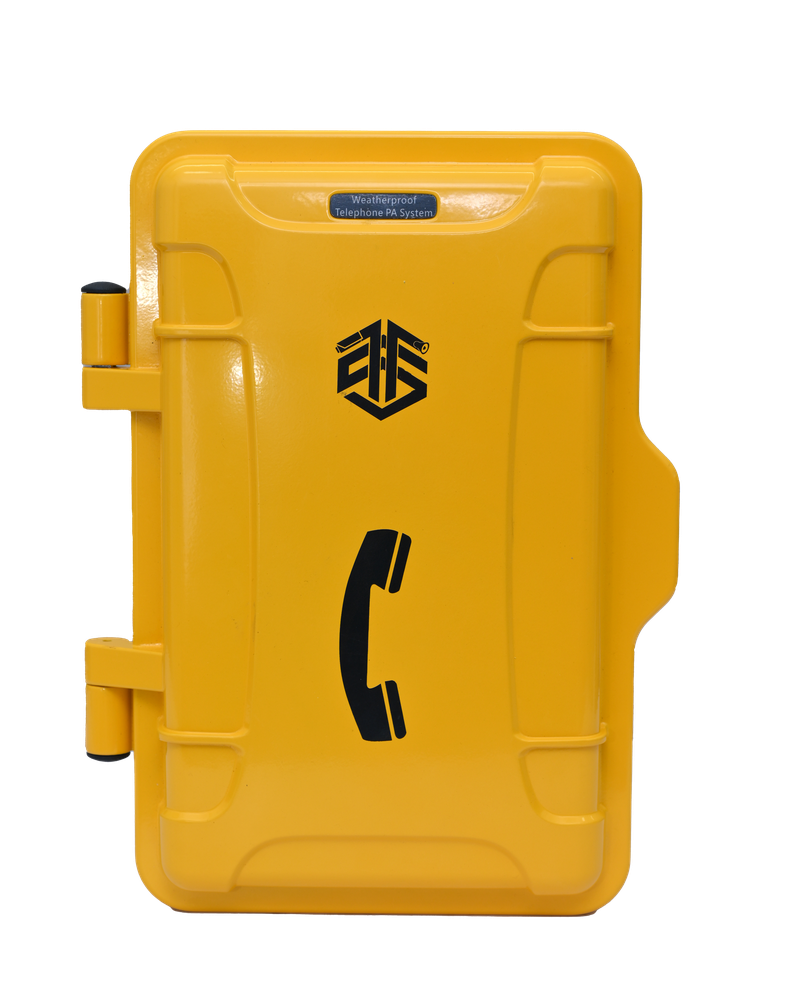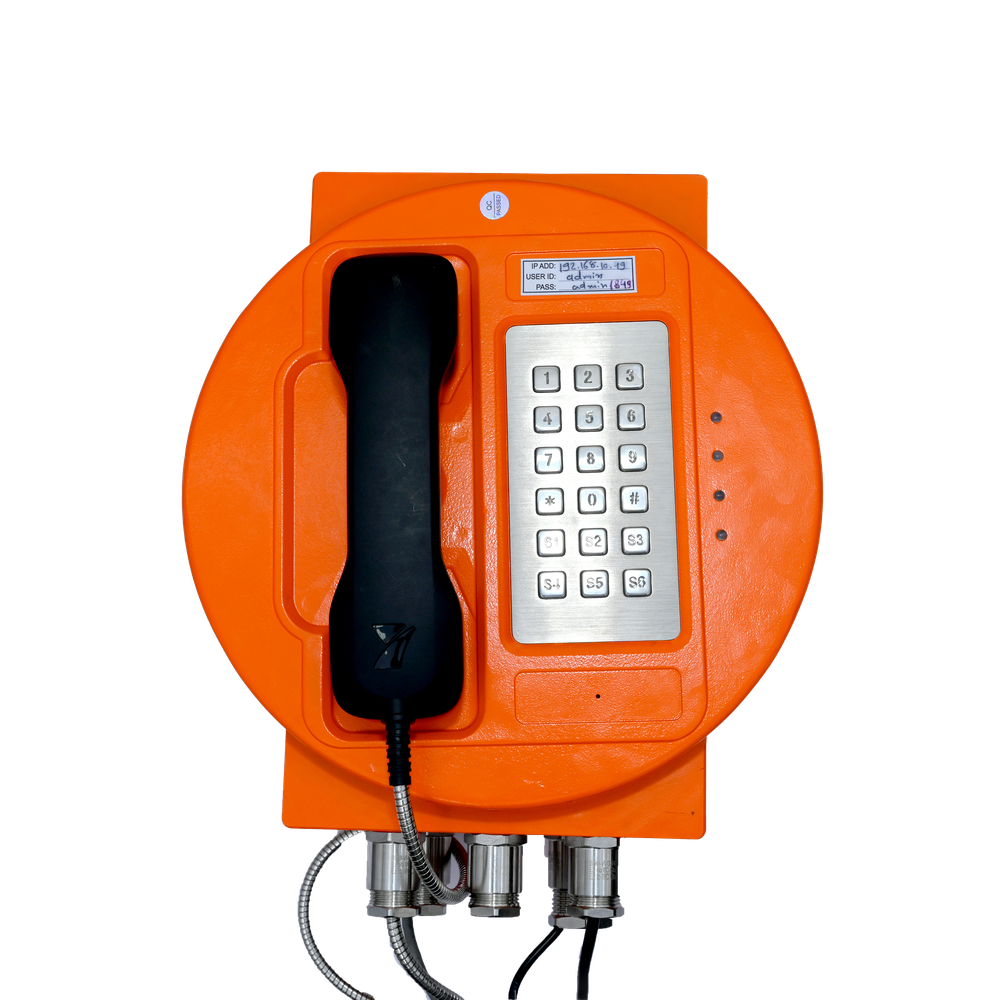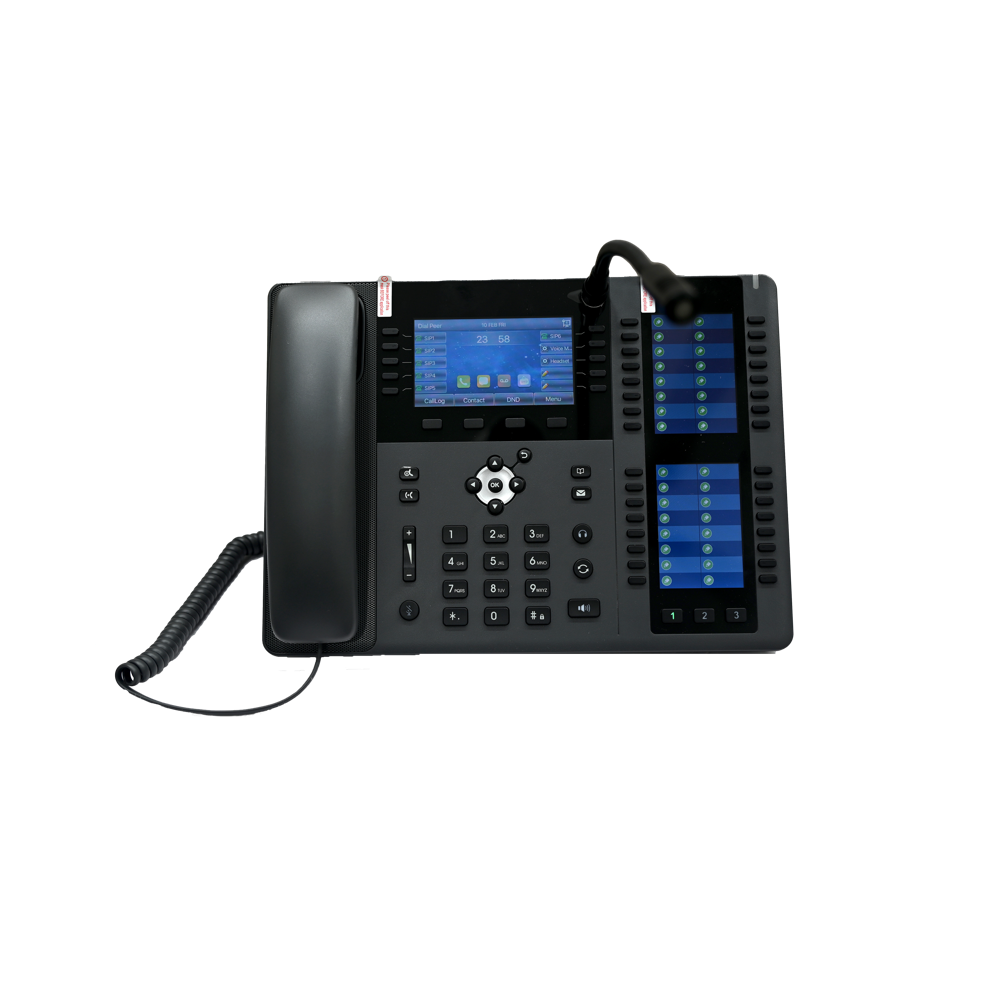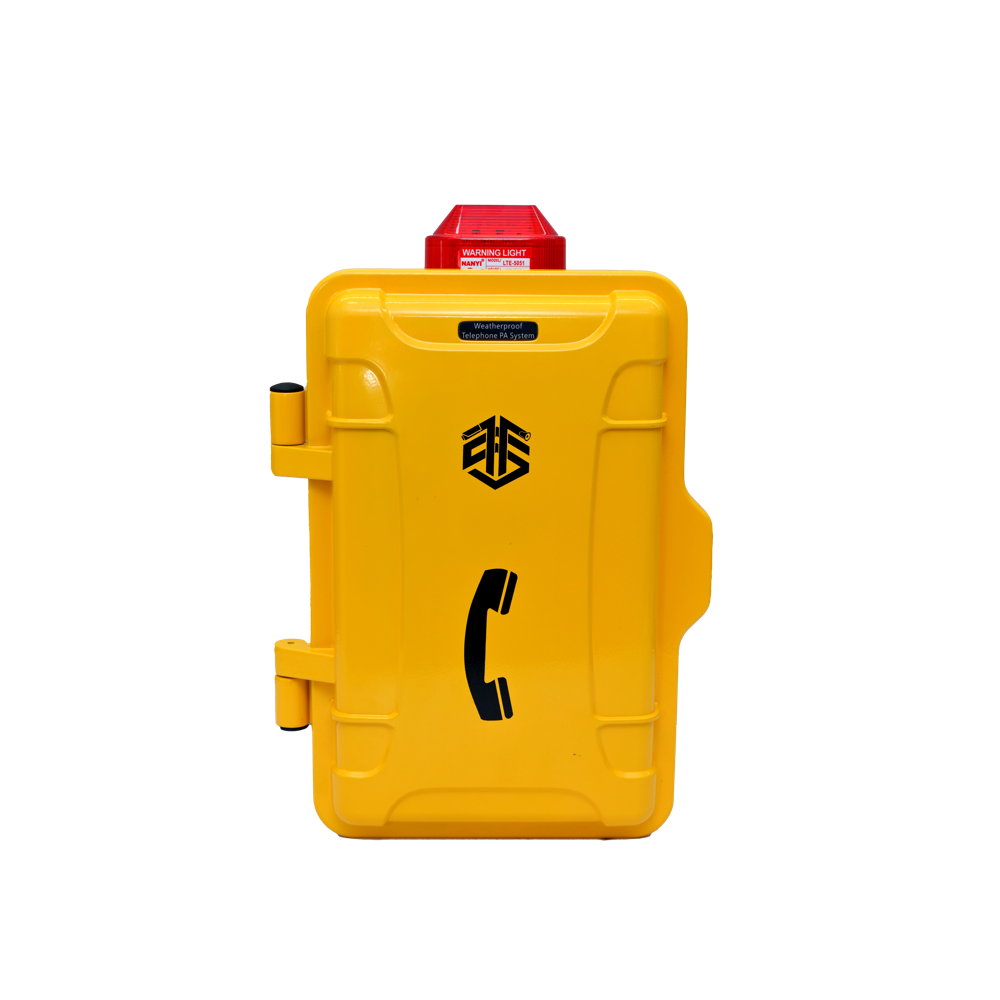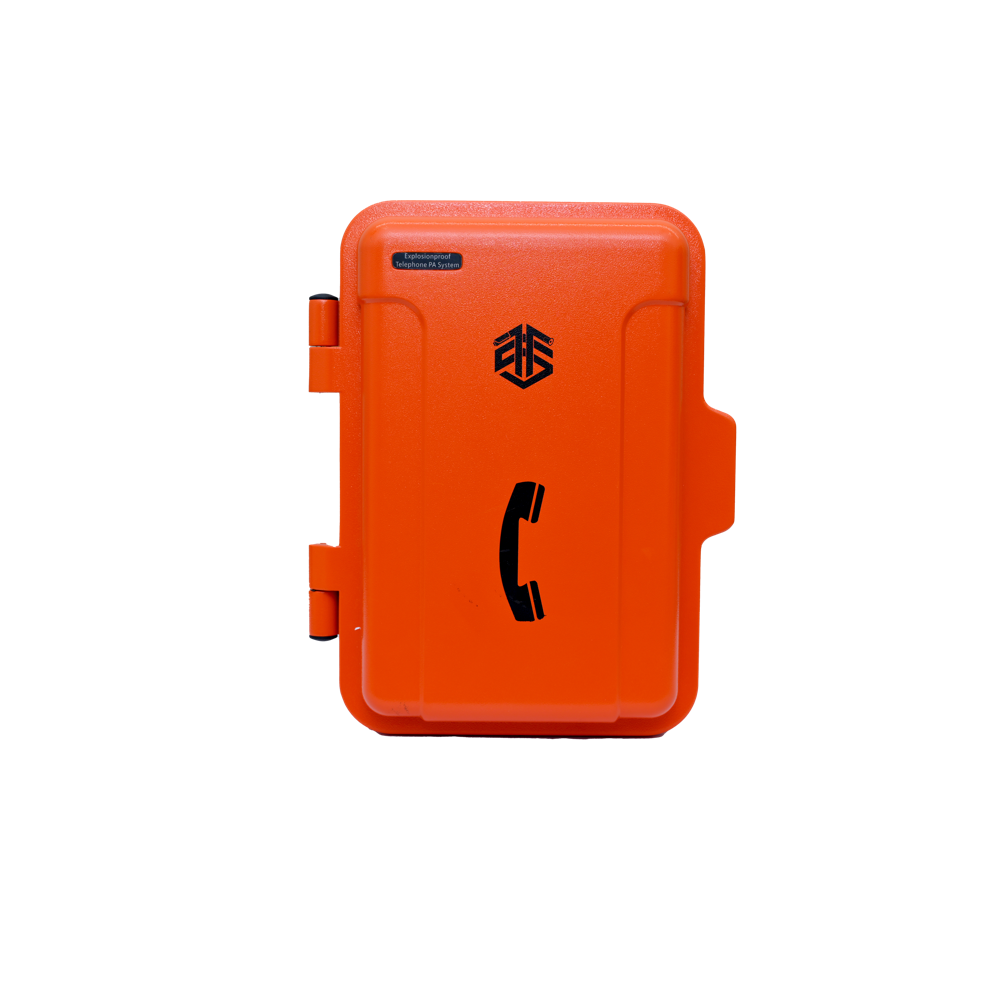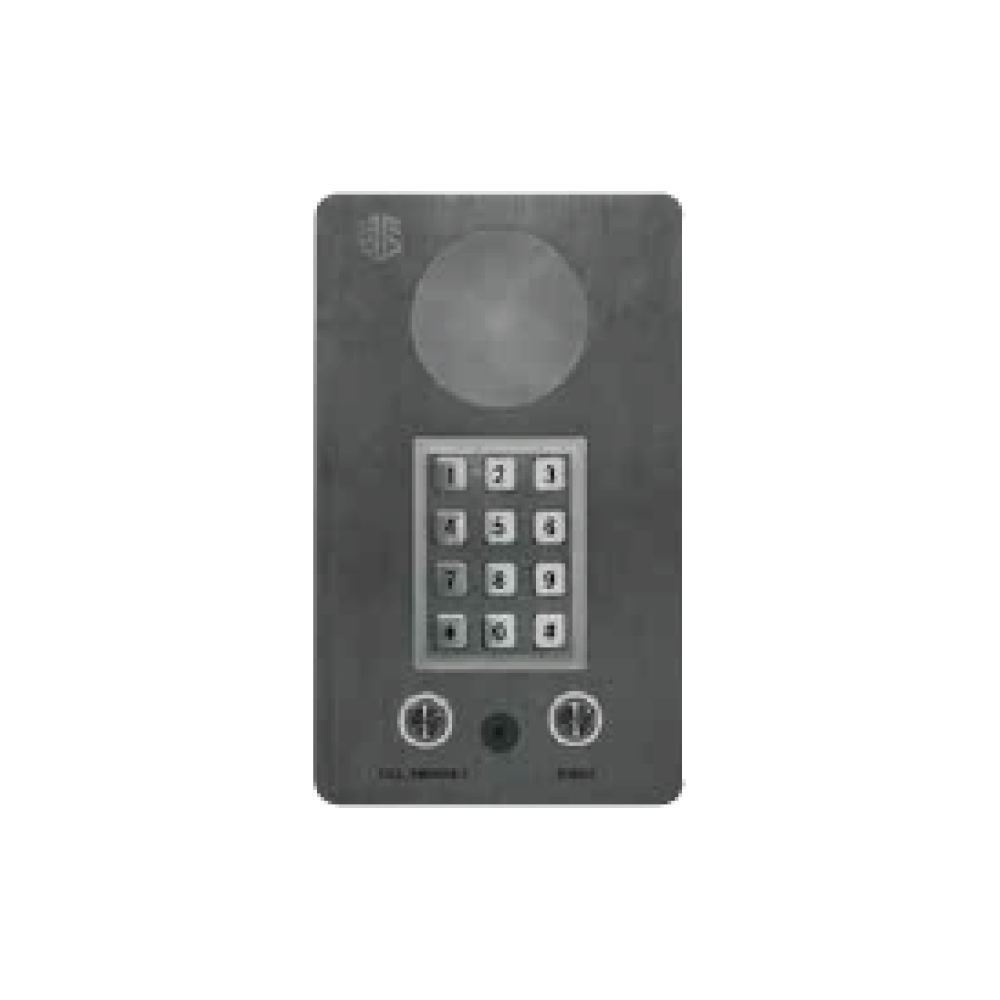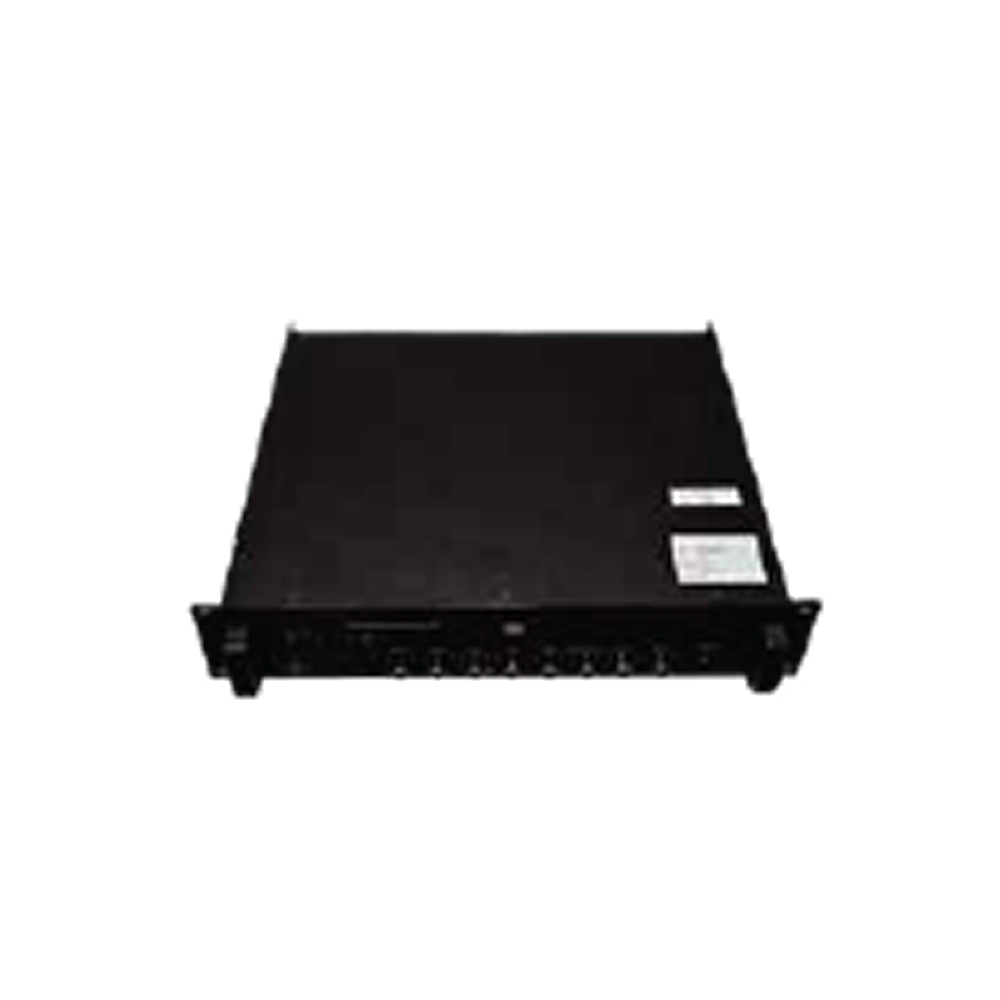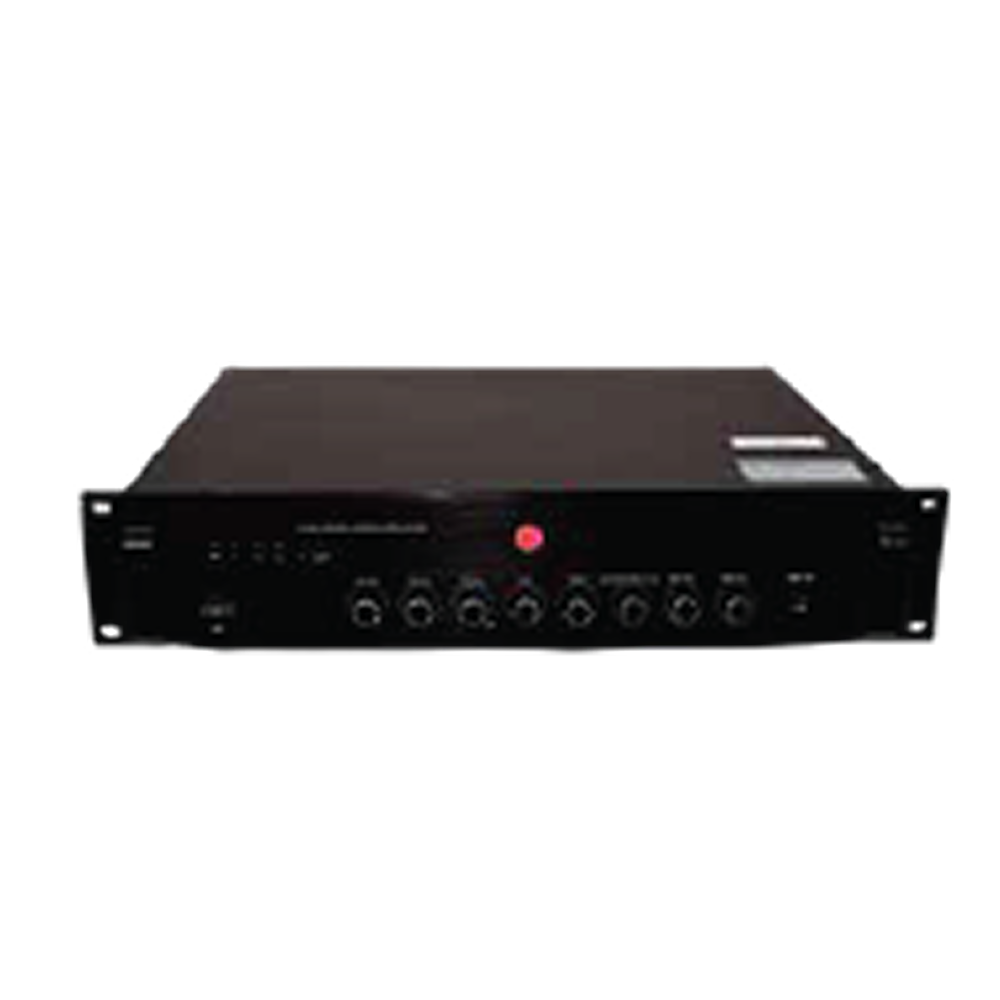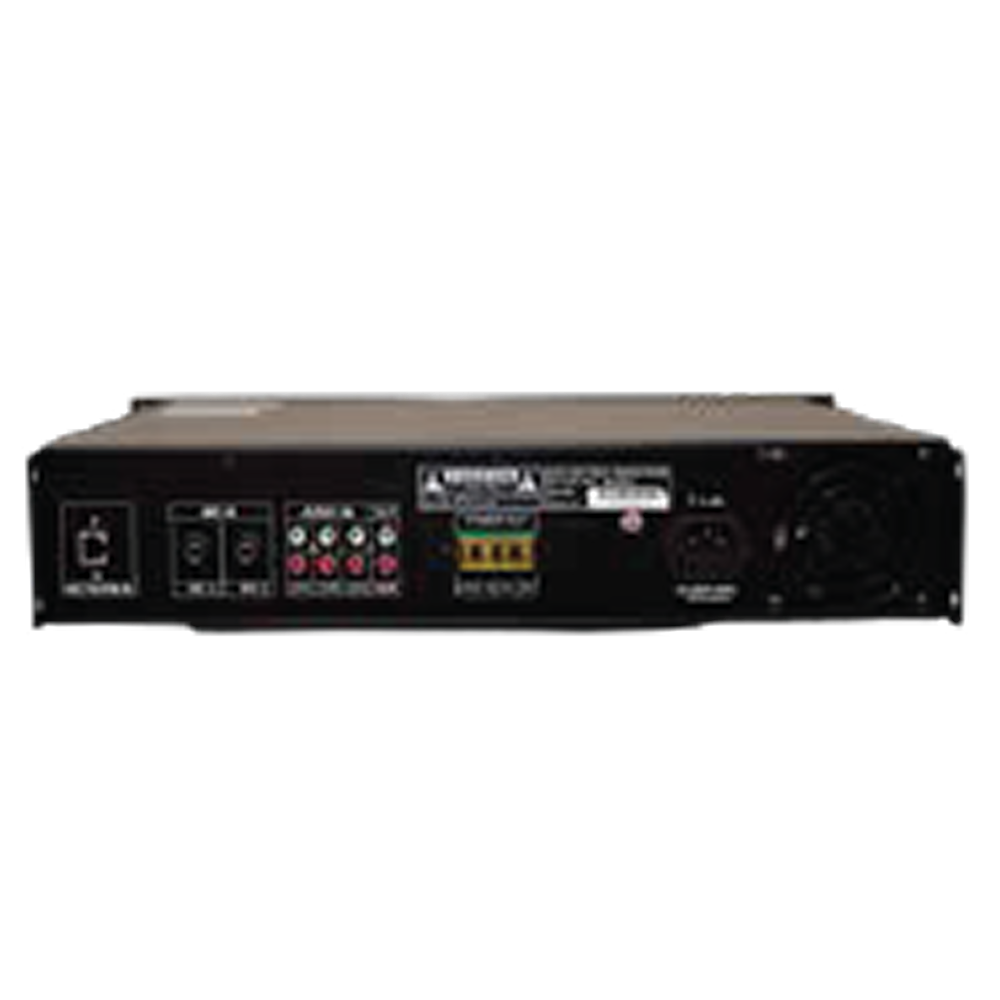Communication Solution for Prisons
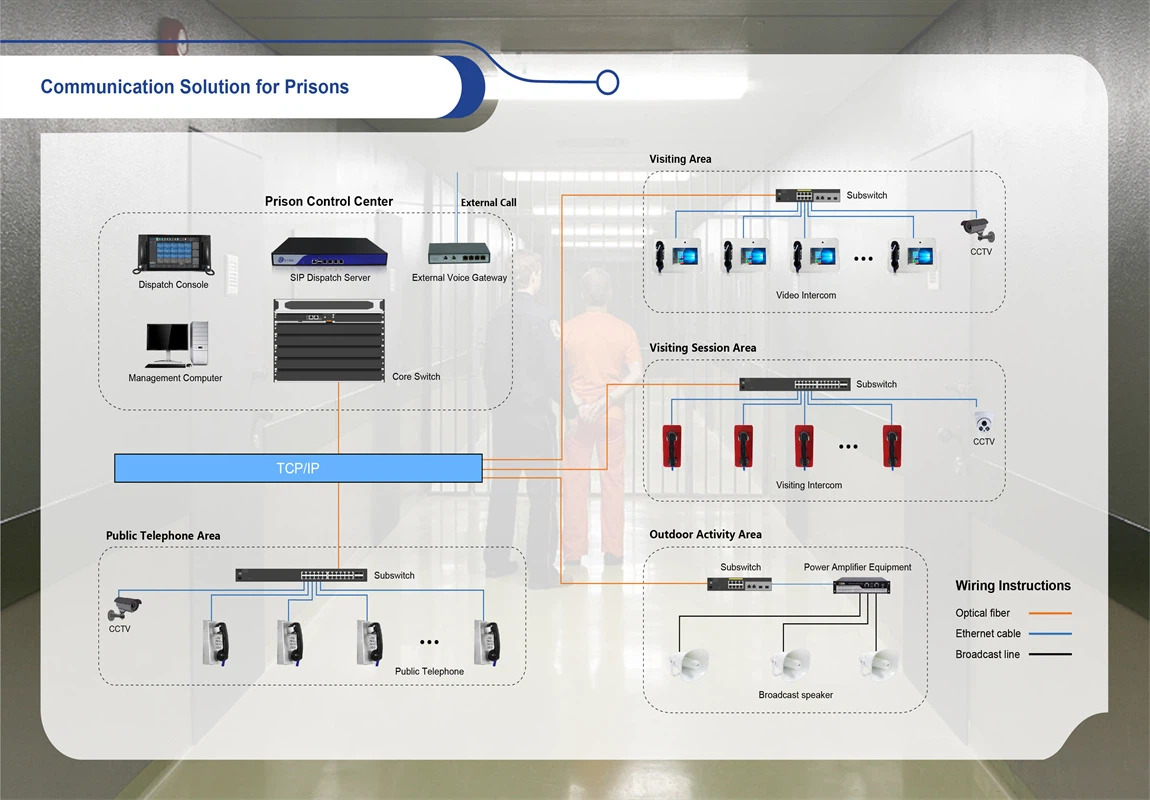
Why Choose Our Prison Communication Solutions?
Due to the particularity of the industry, the prison system has formed a relatively independent group. In order to ensure the normal progress of work and emergency response to emergencies, the prison system has special and strict requirements on communication tools, and the construction of prison information needs to be further strengthened. These specialized environments require communication systems that balance security, monitoring, and humanitarian considerations.
Our advanced prison communication solutions are designed to facilitate convenient communication for inmates with their relatives while greatly reducing the work pressure and burden of prison guards. The system accurately and real-time monitors the ideological status of inmates during the reform process, and greatly improves the level of supervision. This comprehensive approach ensures both operational efficiency and enhanced security throughout correctional facilities.
With extensive experience in correctional facility technology, our communication systems integrate multiple monitoring and communication functions while maintaining the highest standards of security, reliability, and regulatory compliance required in prison environments. Our solutions support both daily operations and emergency response capabilities essential for safe and effective correctional facility management.
Key Features & Capabilities
- Integrated Multi-Function System: This system integrates the functions of softswitch, management and scheduling, outside line outgoing, digital recording, call location, and broadcasting, providing a comprehensive communication platform for all correctional facility operations.
- Multi-System Intercommunication: It realizes the intercommunication of multiple monitoring intercom systems, and at the same time can initiate audio and video calls to any monitoring intercom terminal through a unified dispatching platform, ensuring seamless communication across the entire facility.
- Zone-Based Broadcasting System: The main duty center host or duty terminal can broadcast and play music in the entire area or in zones such as production workshops, canteens, public areas, outdoor activities, etc., providing flexible communication and entertainment management.
- Integrated Communication Resources: It integrates wired and wireless communication resources, integrates audio, video, and data communication methods, realizes daily communication and dispatching command, ensures the safety, reliability and smoothness of emergency response communication.
- Emergency Command Capability: Guarantees that command work can be carried out smoothly in emergency situations, with priority override functions and immediate response protocols for critical security incidents and facility emergencies.
- Inmate Communication Management: Secure and monitored communication channels for inmates to contact family members and legal representatives, with comprehensive call recording, time limitations, and approval workflows to maintain security while supporting rehabilitation efforts.
- Real-Time Monitoring Capabilities: Advanced monitoring systems that provide real-time surveillance of inmate communications and behavioral patterns, enabling proactive identification of potential security risks and supporting rehabilitation assessment processes.
- Digital Recording and Documentation: Comprehensive digital recording of all communications with secure storage, time-stamping, and retrieval capabilities for investigative purposes, legal compliance, and incident documentation requirements.
- Call Location and Tracking: Precise location identification for all communication activities within the facility, enabling rapid response to emergency situations and comprehensive tracking of communication patterns for security analysis.
- Guard Workload Reduction: Automated communication management systems that significantly reduce the administrative burden on correctional officers, allowing them to focus on direct supervision and security responsibilities.
- Multi-Level Security Access: Hierarchical access control systems that provide different communication privileges and monitoring levels based on security classifications, inmate status, and operational requirements.
- Emergency Alert Systems: Instant emergency communication capabilities with facility-wide alert distribution, lockdown coordination, and external emergency service notification for rapid response to critical incidents.
- Visitor Communication Management: Secure communication systems for visitor interactions, including video visitation capabilities, scheduled call management, and comprehensive monitoring of all visitor communications.
- Staff Communication Networks: Dedicated communication channels for correctional staff, including shift coordination, incident reporting, and administrative communications with appropriate security protocols and access controls.
- Integration with Security Systems: Seamless integration with existing correctional facility security infrastructure, including access control systems, surveillance networks, and incident management platforms.
- Compliance and Audit Support: Complete documentation and audit trail capabilities to support regulatory compliance, accreditation requirements, and legal proceedings with secure data management and retrieval functions.
- Rehabilitation Support Features: Communication tools that support inmate rehabilitation programs, including educational communications, counseling session coordination, and family contact facilitation as part of reintegration efforts.
- Contraband Prevention Technology: Advanced monitoring and detection capabilities to prevent unauthorized communications and identify potential security breaches, including signal detection and communication pattern analysis.
- Scalable Architecture: Flexible system design that can accommodate correctional facilities of various sizes and security levels, from minimum security facilities to maximum security institutions with specialized housing units.
- Backup and Redundancy Systems: Multiple backup communication pathways and redundant system components to ensure continuous operation during equipment failures, power outages, or emergency situations when communication is most critical.
- Training and Support Integration: Comprehensive training programs for correctional staff on system operation, emergency procedures, and ongoing technical support to ensure optimal system utilization and security maintenance.

